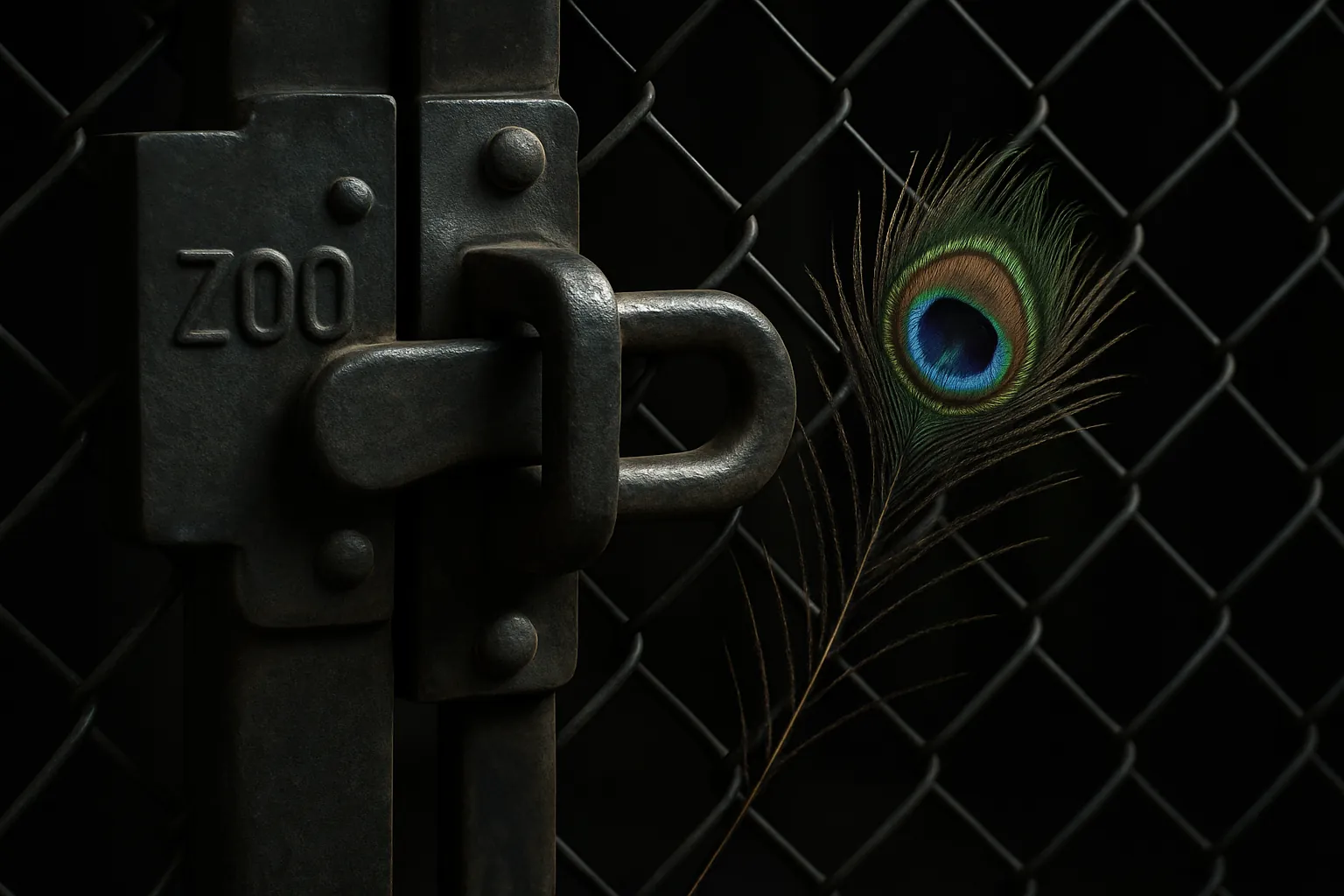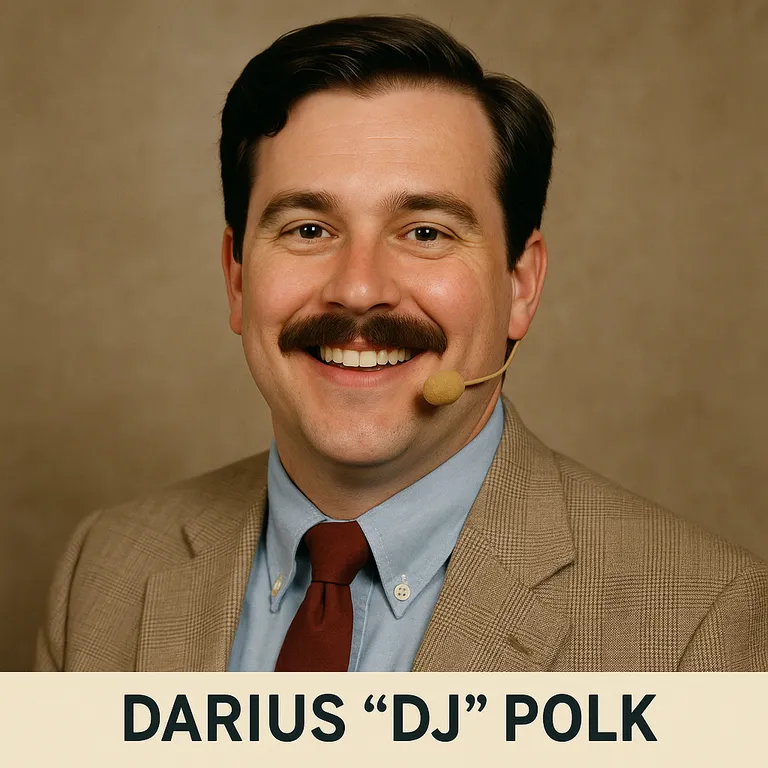Chattanooga woke up this week to an emergency that felt ripped from a thriller: a single, brilliant peacock burst beyond zoo walls and strode straight into the heart of downtown. What appeared at first to be a colorful curiosity has rapidly grown into a galvanizing flashpoint for the city’s public-safety plan, animal-control codes, and even the way residents understand their shared sidewalks. As officials tally the risks—and citizens debate what could happen next—every feather of this escape demands focused civic action.
How One Bird Shattered the Comfort of Routine Streets
When commuters spotted the iridescent fugitive weaving between Market Street traffic, many thought they were dreaming. Yet the urgent call from Chattanooga Zoo confirmed reality about 9:40 a.m. Friday. Staff said two peacocks had wandered to the parking lot overnight, and one had fully breached the perimeter. Downtown cameras later caught the bird on Court Street, flaring its tail at a delivery truck—an image seared into many minds.
The sudden freedom of a 10-pound bird might sound harmless. Yet experts warn that peafowl, with claws and 5-foot wingspans, can smash windshield glass at 35 mph. Dr. Laila Cortez, who studies urban-wildlife collisions, notes that “any animal taller than a bumper becomes a projectile in a crash.” That sobering data elevates the incident from quirky mishap to bona fide traffic hazard.
“Friday’s escape is the clearest alarm bell we’ve had in years. It shows the thin line between novelty and danger,” said Assistant City Manager Edwin Polk.
Residents expressed unease about what else might roam if fences fail. Calls flooded 311 within the first hour, with 147 separate reports logged before noon. Social feeds filled with shaky videos of the bird fluttering past shop windows. The combined digital footprint painted a map of its 11-block trek—useful for responders, but also evidence of public distress.
Comparisons quickly surfaced. When four peacocks bolted from Philadelphia Zoo in 2018, one died on the Schuylkill Expressway, spawning citywide traffic delays and sorrow (CBS News). Nobody here wants Chattanooga to repeat that outcome. The possibility of animal-vehicle collisions, avian flu spread, or startled pedestrians slipping on wet pavement keeps officials on edge as they weigh sweeping new containment rules.
Pressure Mounts for Immediate Policy Overhaul
The escaped peacock was recovered 27 hours later on a shaded sidewalk near the zoo, after a dog walker gently guided it toward keepers with a lawn chair. Recovery brought relief, not closure. City Council has fast-tracked a review of the municipal wildlife ordinance, signaling that systemic change may arrive before the feathers settle.
At the core of the debate is whether any free-roaming species belong inside city limits. The zoo’s current plan allows three male peafowl to wander daily, counting on wing clipping to keep them grounded. Friday proved the method fallible. Council Member Harriet Mays argues the city “can no longer outsource risk to luck.”
“We celebrate these birds, but celebration cannot come before safety,” Mays told Top Coverage News in a late-night phone interview.
Officials are studying other cities’ pivots. After repeated escapes in Denver in 2018, the zoo retired half its peacock flock and installed overhead netting across open walkways. The Washington Post later reported that dozens of U.S. zoos have quietly reduced peafowl numbers to curb aggression, landscaping damage, and biosecurity threats.
Within hours of Friday’s incident, Chattanooga’s Risk Management Office circulated a confidential draft containing five immediate action points. We obtained a summary from a source familiar with the meeting. They include stricter wing-clipping audits, a 24-hour GPS tracking pilot, and barriers along the zoo’s service gate—where early camera footage suggests the bird slipped out.
Citizens eager to channel concern into solutions asked for simple, concrete tasks. Below is the plan city leaders say will appear in next week’s public hearing:
- Install motion-sensor alarms on all animal-house exits by June 1.
- Conduct quarterly third-party fence inspections starting this summer.
- Launch a hotline specific to wildlife sightings to speed response.
- Provide citywide training for ride-share drivers on reporting unusual animals.
- Vote on limiting the number of free-roaming birds per acre inside the zoo.
Farther-reaching ideas loom. Some residents are pushing to designate a wildlife buffer zone, extending 500 feet beyond zoo property, with layered fencing and new landscaping designed to funnel any escapees back inside. Others lobby for digital alerts similar to Amber or Silver Alerts, arguing that “Bird Alert” notifications could direct traffic away from hazard zones.

Economic stakes also climb. Downtown merchants reported a 12 percent midday sales dip Friday as onlookers crowded sidewalks rather than entering stores. Tourism analysts warn that repeated incidents could portray the city as lax on safety, costing convention business. This places fresh urgency on rapid regulatory reform.
What the Escape Reveals About Urban Wildlife Futures
Behind the swirling headlines lies a bigger picture: Chattanooga sits at the crossroads of urban growth and ecological stewardship. The peacock’s dash exposed the loose threads tying those goals together, demanding a balanced weave of vigilance and wonder.
Local ecologists point out that the city’s expanding riverfront greenways create corridors where exotic species—intentional or accidental—might roam farther than expected. That means any enclosure compromise becomes a citywide narrative in minutes. The lesson is clear: containment protocols formed in quieter decades may buckle under today’s dynamic downtown foot traffic.
“It’s not just about one bird. It’s about whether our infrastructure can flex with a living, breathing city,” said Dr. Marcus Bell, director of the Urban Biodiversity Lab at Chattanooga State.
From a public-health angle, escaped birds add rare but real disease variables. Avian flu strains, though currently low in Tennessee, remain on watch lists. Wildlife veterinarian Dr. Naomi Ward explains that quick retrieval trimmed exposure time dramatically—vital to avoid stair-step contagion events that can ripple through backyard chickens and, in extreme cases, human populations.
Residents also grapple with the intangible: the feeling of safety in shared spaces. Parents recount rerouting morning walks, cyclists detoured off Riverfront Parkway, and bus drivers slowed to gawp at a strolling bird. These moments, minor individually, aggregate into a collective memory that shapes how people use downtown tomorrow.
Looking ahead, officials vow to finalize an Urban Wildlife Management Framework before summer festival season. Early drafts hint at mandatory incident-report timelines, cross-agency drills, and signage reminding guests not to feed free-roaming animals. The framework will likely embed long-tail keywords, so to speak, for policymaking: “urban peacock management plan,” “downtown Chattanooga safety protocols,” and “zoo containment resilience.”
As the city refines those rules, the recovered peacock rests in quarantine, under observation for stress-related injuries. Zoo staff say the bird appears healthy, displaying only minor tail-feather fray. Yet symbolically, it carries more weight than any parade float or council proclamation—proof that even a flutter of wings can recalibrate an entire city’s sense of preparedness.
Citizens now wait, feathers figuratively ruffled, for decisive council action. When the vote comes, the echo of that downtown strut will linger, urging leaders to build safety systems as vibrant—and as resilient—as the colors on a single peacock’s plume.


